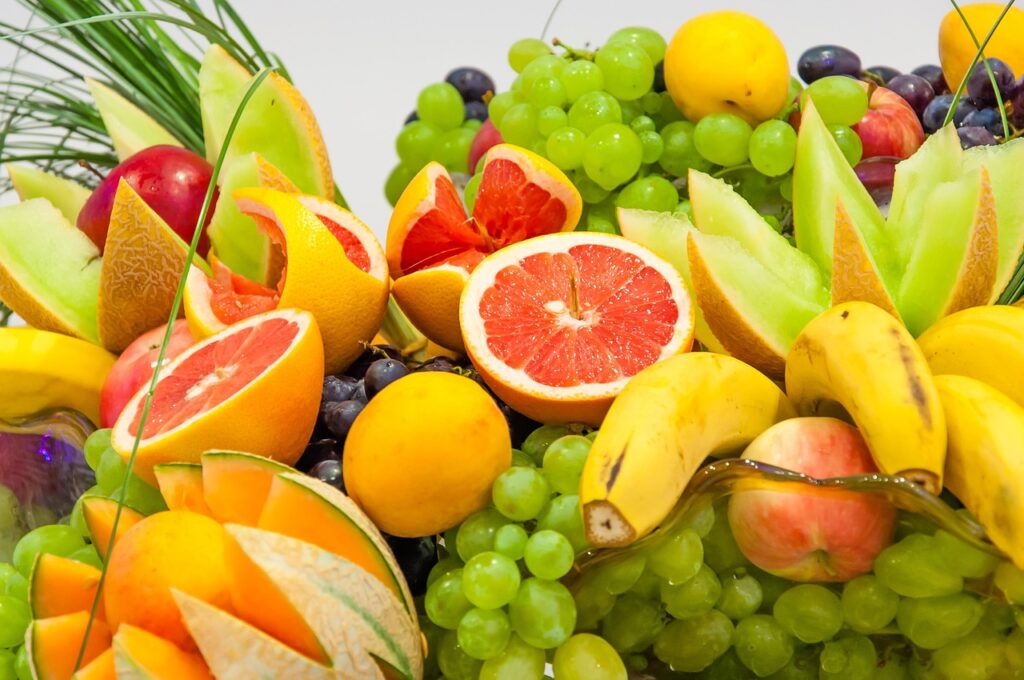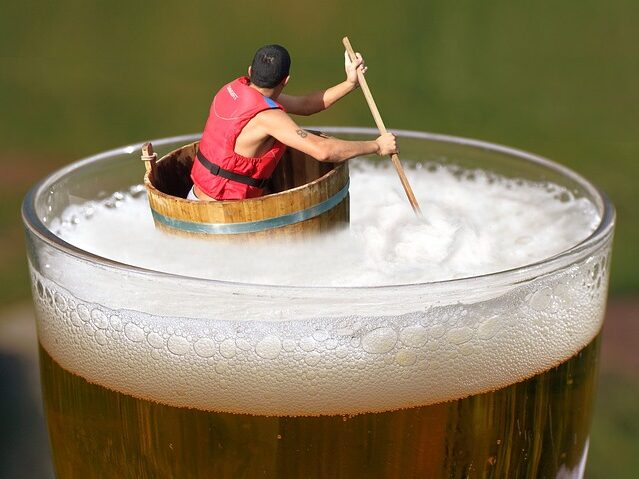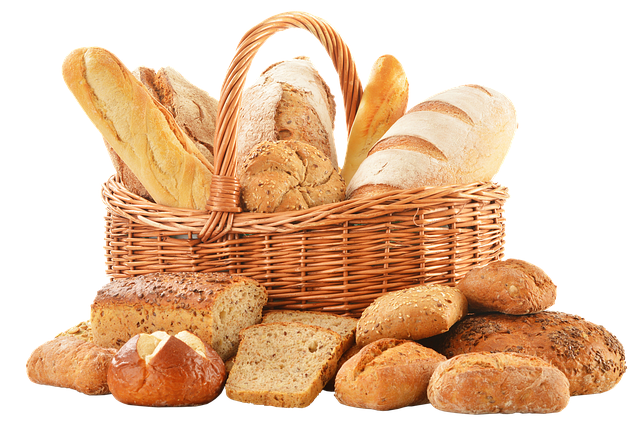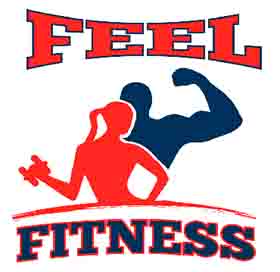Diet is one area of our lives where we have almost total control, yet giving up the foods we love feels like trying to break up with a clingy ex – it’s tough and emotionally draining. Take me, for instance. I can’t imagine a day without ‘ugali’ on my dinner table. Blame it on my culture or just the comforting habit I’ve developed over the years, but I’m sticking to my story: it’s healthy, tasty, and fills me up like a warm hug.
Now, let’s be honest: the hardest foods to give up are the ones we love best. Whether it’s cake, rice, chips, or your favorite soda, we all have that one guilty pleasure we struggle to avoid. But creating a healthy diet plan using your knowledge and understanding of nutrition is a significant step towards wellness. So, let’s dive into how we can balance our love for food with our health goals – and maybe even learn about a meal or two along the way.
Some Healthy Nutrition Tips.
Health is a state of complete physical, mental and social well-being and not merely the absence of disease or infirmity says the World Health Organization. According to the American Council on Exercise, “being healthy” might best be measured by joyful movements, balanced nutrition, stress management, social connections and of critical importance quality sleep.
Do Calories Count?
A Calorie is simply a measure of the amount of energy that a food provides. Food produces the energy or fuel for everything we do, including breathing. When we consume more calories than we expend we gain weight. If you want to lose weight, you have to burn more calories than you eat and vice versa.

The best thing you can do for your health is to balance the calories you eat with the calories you burn. Coupled with exercise, it is the best way to maintain a healthy weight.
THE BIG FAT TRUTH.

All fat, good and bad, is very dense in calories. Fat has more than twice the calories per gram of either protein or carbohydrates. Fat not only provides flavor, aroma and creamy or crispy texture to food, it also makes our skin supple, hair shiny and helps the body absorb essential vitamins like A, D, E and K.
We all need a small amount of fat in our diet for healthy functioning. Eating too much (saturated fat- in meats and butter and trans-fats-in margarine) may increase your risk of high blood pressure, heart attacks and stroke. It may also lead to hardening of the arteries (atherosclerosis).
Choosing healthier fats (found in nuts, seeds, avocado, liquid oils and fish) and eating less of them will keep your waist trim and improve your health.
CARBOHYDRATES.

Carbohydrates or ‘carbs’ are the body’s preferred energy source and we all love them (myself included). Just as gas fuels a car, carbs fuel our bodies for movement. We mostly get our carbohydrates from bread, big bowls of potatoes, rice, ugali, chapatis and cake. Indulging in them (along with the fat that usually accompanies them) can get us in trouble.
PICK THE COMPLEX CARBOHYDRATES.
Processed or refined carbohydrates like sugar and white bread raise blood sugar quickly and yet they offer little nutrition beyond calories. Sweet potatoes, arrow roots, yams, cassavas , whole grains, whole fruits, beans (legumes) and vegetables are more complex. They are rich in fiber , gentler on blood sugar and are packed with valuable nutrients.
Build Healthy Eating Habits.
- Feed on a variety of vegetables, especially dark green, red, and orange vegetables (3 or more servings a day). Also eat a variety of fruits (2 or more servings a day).
- Eat whole-grain, high-fiber breads and cereals (3 to 6 servings a day). Reduce or eliminate refined or processed carbohydrates; most of the grains in your diet should be whole grains.
- Choose from a variety of low-fat sources of protein — including eggs, beans, poultry without skin, seafood, lean meats, unsalted nuts, seeds, and soy products. If you eat meat, eat white meat at least four times more often than red meat.
- Reduce intake of saturated fats and trans-fats (such as partially hydrogenated oil) as much as possible.
- Your daily intake of salt or sodium should be reduced. Reduce to less than 1,500 mg. per day if you are older than 50, or have hypertension, diabetes or chronic kidney disease.
- Restrict or eliminate “junk food” — foods that contain refined white flour, solid fats or trans fats, added sugars, and are high in sodium.
- Eliminate or restrict sodas and other sugar-added drinks that are high in calories and contain few or no nutrients.
- If you drink alcoholic beverages, do so in moderation.
You Want To Lose Weight ?
- Reduce the number of calories you eat daily. Eat smaller portions—don’t “up-size” your meals at fast food restaurants.
- Eliminate all sugar-added drinks from your diet. You can drink 100% fruit juice, unsweetened, but limit servings to one or two a day. Drink more water.
- Decrease the amount of time spent in sedentary activities, especially watching television. Use your screen-free time working on hobbies, house cleaning, yard work, or engaging in fun activities.
- Get moderate physical activity (such as walking, bicycling, swimming, or using aerobic exercise machines) for 30 to 60 minutes a day, at least four to five days a week.
- Do muscle strengthening and toning exercises at least 2 or 3 days a week.

